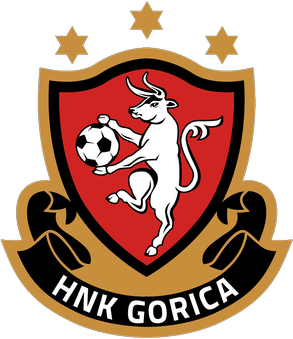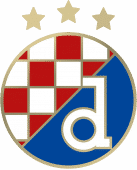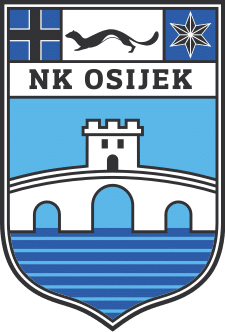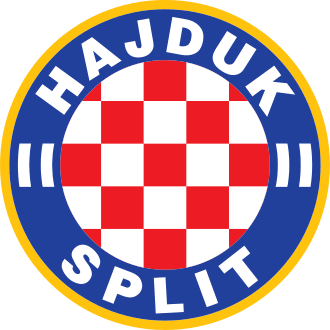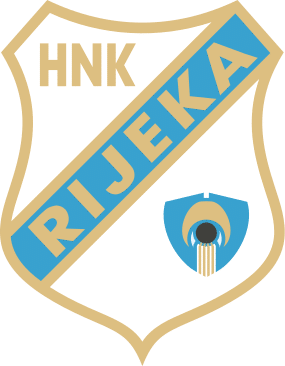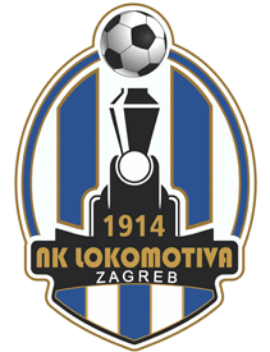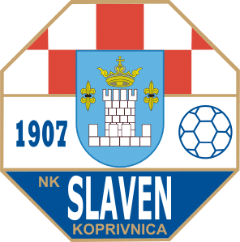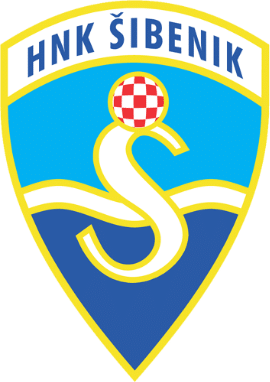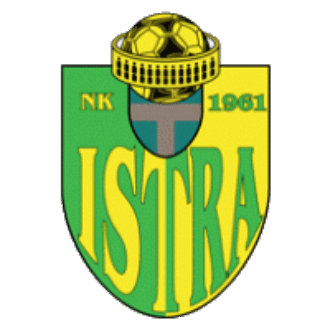HNK Gorica Tryouts & Club Guide: History, Stadium, Players, and More!

Welcome!
Discover the world of soccer with fcscout.com, your go-to scout for club tryout information, club guides, player profiles, in-depth product reviews, and more. We’re dedicated to exploring and revealing the best in each domain, empowering you with knowledge to make informed choices.
Thank you for being here!
Hi, I’m Carlos! A coach, sports enthusiast, and the founder of FCScout.com.
I fell in love with the game at a very young age like many of you. I’ve been following and playing soccer for many years.
Throughout my career, I always enjoyed helping soccer players chase their dreams, which is why I started this website. I wanted to reach a larger audience outside of my local area and fcscout.com was born.
This website is a platform I will be using to update club pages on any tryouts, stadiums, players, tech, and more from clubs around the world. I also create free recruitment profiles for players looking to have that extra competitive edge when reaching out to clubs.
That’s it. That’s my pitch for you to stick around (or browse the site as you please).
This is already too much text for a “see more” drop-down button thing. If you want to reach out to me, head on over to my contact page 🙂

Hrvatski nogometni klub Gorica commonly referred to as HNK Gorica or simply Gorica, is a Croatian football club based in the town of Velika Gorica, located just south of the Croatian capital Zagreb.
HNK Gorica Youth Development System
HNK Gorica has an established football school, where they have various categories of youth teams. The full selection of youth teams can be found by clicking here.

HNK Gorica Recruitment Trials
At the time of this writing, there is no official publishing’s on HNK Gorica trials. Please come back at a later date while we monitor this club or click here to visit their official football school news section.
EXPLORE MORE CLUBS!
Explore more professional clubs by continent.
HNK Gorica History
Football has a long and storied history in the city of Velika Gorica and the surrounding region of Turopolje. The first organized clubs were established in the 1930s, but the most successful football club, NK Radnik, was not established until 1945, just after the conclusion of World War II.
During the time of Yugoslavia, Radnik was only moderately successful, but it achieved its greatest achievements after Croatia gained its independence. The first ever Croatian second division championship was won by Radnik, who also boasted a brand new stadium that was constructed just for the 1987 Summer Universiade. They achieved their goal, and as a result were promoted to the top level in the Croatian league.
During the 1992–1993 and 1993–1994 seasons, Radnik was a competitor there. After being demoted, Radnik began a downward spiral, earning average results, which led to them spending the next four years competing in the Croatian league’s fourth tier of competition for football (from 2002 till 2006). In 2009, Radnik ran into significant financial difficulties, and the only way to save Velika Gorica’s best and most popular football team was to merge it with one of the more financially secure local football clubs.
A perfect match was discovered in NK Polet, who was from the neighboring settlement of Buevec. NK Polet was a competitive member of Trea HNL for a long time and had a storied history in the sport of football. HNK Gorica was established in the summer of 2009 after an agreement was reached between Radnik and Polet to merge their organizations.
As a primary goal, the club claimed winning the league title and gaining promotion to the Croatian Second Football League after an absence of a number of years. Gorica won the third division of the HNL West and earned promotion to the second division of the HNL for the 2010–11 season, so achieving the goal set for them during the first season.

Before the 2010–11 season, it was said that the club does not have particularly lofty goals and that everyone would be content with finishing in the top half of the standings. However, as the season went on, Gorica established itself as the top team in the league, and as a result, they were able to clinch the league championship two rounds before the end of the regular season.
Gorica gained a place in Croatia’s first division as the champion of the second level of the Croatian National League (HNL), but they were not allowed to play there after having their license to play at the highest level cancelled. Following Gorica’s victory in the 2017–18 season of the Croatian Second Football League, the club was finally granted a license to compete in the highest level of the sport after being refused for a number of years. Their league debut (as HNK Gorica) in the 2018–19 season was one of the most surprising and impressive parts of the league.
They became the best league-debutants in history by winning 59 points, as well as beating European contenders Hajduk Split and Osijek twice and the vice-champions Rijeka three times, although they still finished fifth, just three points away from reaching the qualifying rounds of the Europa League. Iyayi Atiemwen, who was ranked third in the 2018 Prva HNL Player of the year rankings and sold to Dinamo Zagreb over the course of the 2019 transfer window for a record fee, was one of many foreign players out of contract that were bought for free before the season and turned out to be remarkable signings. The three players who stood out the most were ukasz Zwoliski, Kristijan Lovri, and Iyayi Ati
HNK Gorica Stadium
Gradski Stadion Velika Gorica is a football stadium that may also be referred to as Stadion RC Velika Gorica and goes by the name Gradski stadion Velika Gorica. It is located in Velika Gorica, Croatia. It serves as the primary venue for matches played by the HNK Gorica football team. The stadium can accommodate 5,200 people at once and offers seating for everyone.

The stadium was constructed specifically for the Summer Universiade that took place in the vicinity of Zagreb, which is the capital of Croatia. Since then, it has undergone three separate renovations: the first was in 1999 for the Military World Games, which were held in Zagreb; the second was in 2010 to fulfill the requirements for the Druga HNL, the Croatian second-level league; and the third and final renovation was in 2019, when the stadium was converted into an all-seater.
